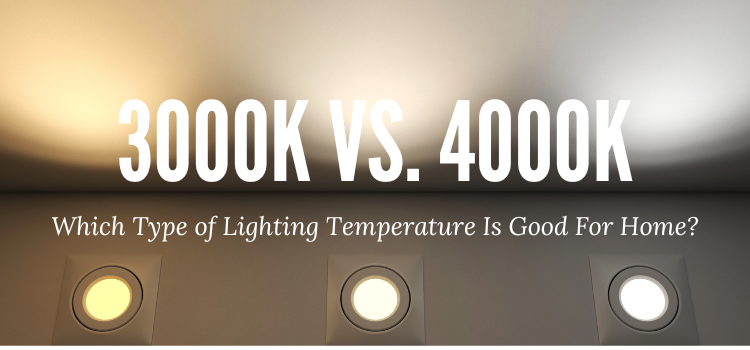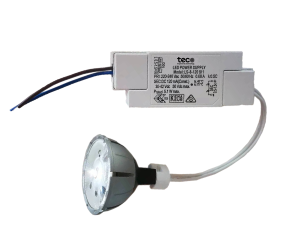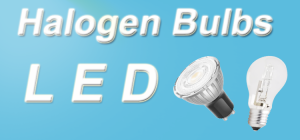
About Lighting Temperature
Lighting temperature, measured in Kelvin (K), refers to the appearance of the light provided by an LED bulb. It ranges from warm to cool temperatures, influencing the ambiance and functional use of a space.
3000K Color Temperature
3000K lighting is a warm white color, creating a cozy, welcoming atmosphere. It’s often used in residential settings like living rooms, dining areas, and other places where a soft, warm light is preferred.
4000K Color Temperature
4000K produces a more neutral, brighter white light compared to 3000K. It is closer to daylight and is suitable for environments where fine detail and concentration are required, such as kitchens, offices, and workspaces.
3000k vs. 4000k LEDs
Choosing between 3000K and 4000K LEDs depends on the desired mood and functional needs of a space. 3000K offers warmth and relaxation, ideal for calm areas, while 4000K provides clarity and alertness, better for active and task-centric areas.
How Do I Choose Between Them?
Choosing between 3000K and 4000K LEDs for your home involves considering the atmosphere you want to create, the activities you’ll be doing in the space, and your personal preferences. Here’s a guide to help you decide:
1. Consider the function of the room
- 3000K: This warm white light creates a cozy and inviting atmosphere, making it ideal for living rooms, bedrooms, and dining areas where relaxation is key.
- 4000K: A cooler white light that is bright and refreshing, suitable for workspaces, kitchens, and bathrooms where tasks require focus and clarity.
2. Assess the Mood You Want to Set
- 3000K: Offers a relaxing and calming effect, perfect for unwinding after a long day.
- 4000K: Promotes alertness and is energizing, which can be beneficial for productivity and concentration.
3. Analyze Personal Preferences and Decor
- 3000K: Complements traditional and warm-colored interiors, enhancing wood tones and soft textures.
- 4000K: Matches modern and minimalist aesthetics, providing a neutral backdrop that pairs well with contemporary designs.
4. Understand Color Rendering Index (CRI)
- High CRI is crucial for color-critical tasks, so if you’re involved in activities that require seeing true colors, like cooking or applying makeup, ensure your LED lights have a high CRI.
5. Evaluate Energy Efficiency and Cost
- While color temperature doesn’t directly affect energy efficiency, consider the wattage and lumens to ensure you’re getting the most efficient and cost-effective lighting solution.
6. Durability and Long-Term Benefits
- Both 3000K and 4000K LEDs typically offer long lifespans. Check for warranties and support from the manufacturer to ensure long-term reliability.
7. Brightness Perception
- Although not directly related to brightness, 4000K light may be perceived as brighter due to its cooler tone, which can make tasks easier to see.
In summary, 3000K LEDs are better for creating a warm, inviting atmosphere in areas where you relax, while 4000K LEDs are more suitable for active, task-oriented areas. Personal preference plays a significant role, so it’s recommended to test both temperatures in your space to see which you prefer.
Is 3000K or 4000K Better for a Kitchen?
4000K is generally better for kitchens as it provides a clean, neutral light that enhances visibility and color accuracy, important for cooking and handling kitchen tasks.
Is 5000k Brighter than 3000k?
Brightness is measured in lumens, not Kelvin; however, 5000K light appears brighter than 3000K because it is closer to daylight, making it excellent for places needing vibrant, stimulating light.
Closing
In conclusion, the choice of LED color temperature significantly affects the functionality and atmosphere of a room. By understanding the differences between various color temperatures, you can optimize your lighting solutions to match your specific needs and preferences.






